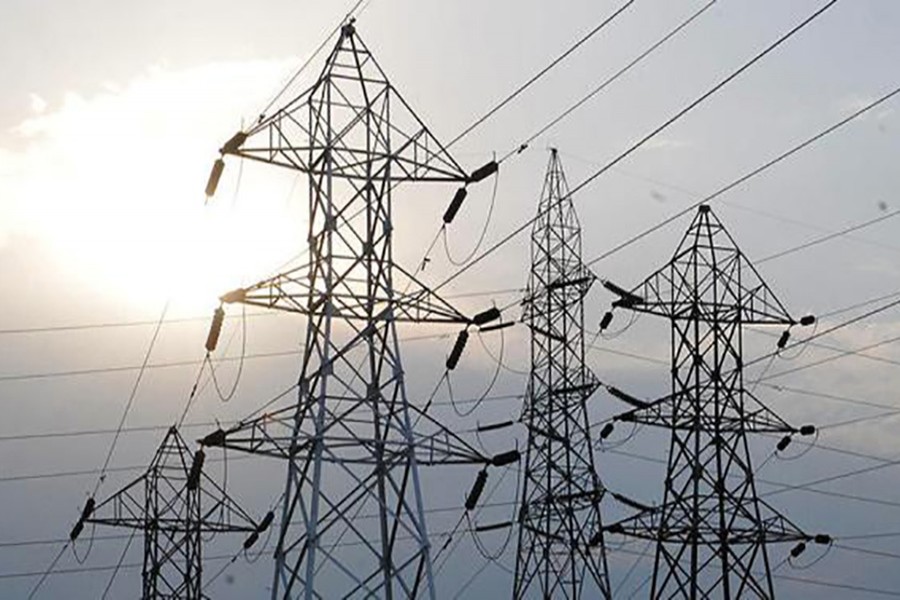The government's recent move to promote LNG (liquefied natural gas)-based power generation is likely to bring about fresh change in the final draft of the Power System Master Plan (PSMP) 2016, officials said.
The Power Cell, a technical wing of Power Division, has prepared the PSMP through two Japanese consulting firms under the funding of Japan International Cooperation Agency (JICA) and submitted it to the government, reports UNB.
The latest PSMP outlined 57,000 MW power generation by 2041, designing 35 per cent electricity from coal, 35 per cent from gas and remaining 30 per cent from other sources including nuclear and renewables.
On the basis of the PSMP 2016, the government is now implementing a total of eight coal-fired power plants, which would generate 9,700 MW power in the next five-six years, officials said.
But the recent fall in liquid fuel price on the international market, which resulted in the availability of LNG at a relatively cheap price, has prompted the government to bring changes in its plan, said the officials.
"We have to revisit the PSMP 2016 responding to the needs of the time to accommodate the government's latest move for LNG import and also LNG-based power plants," Mohammad Hossein, director general of Power Cell, told the news agency.
At present, the country's power generation capacity is 12,365 MW, of which some 61.69 per cent of power is being generated from gas while only 2.02 per cent is from coal, 21.26 per cent from imported furnace oil, 8.31 per cent from diesel, 1.86 per cent from hydro and remaining 4.85 per cent power is being imported from India.
But as per the PSMP, the use of coal will increase and use of gas will come down for power generation.
Justifying the government's latest move for giving a bit of priority to LNG reducing dependence on coal, state minister for power and energy Nasrul Hamid said, "We want to take the advantage of the competitive price of LNG, which is now considered to be less-hazardous than coal in transportation and storage."
Officials said that the government is considering both long-term and short-term deal for importing LNG to mitigate the future risk of volatility in fuel price on the international market.
Under the new thought, the use of LNG or gas for power generation will go up and the use of coal as primary fuel will reduce as the government has already moved to create facilities for more LNG import beyond the plan and allow setting up more LNG-based power plants beyond the PSMP 2016.
As per the recent plan, about 4,000 mmcfd gas will be imported in the country in the form of LNG and supply those to power plants and industries through re-gasification.
The government has already signed deals under which each of US firm Excellarate Energy and local firm Summit are setting up a daily 500 mmcfd supply capacity floating storage and re-gasification unit (FSRU) in Chittagong. Exellarate's FSRU will start operation in April 2018, while Summit will start in October 2018.
Indian firm Reliance Group will also set up another FSRU of 500 mmcfd capacity by June 2019 and Chinese firm Hong Kong Shanghai Manjala another FSRU of 500 mmcfd capacity in June 2020.
Apart from this, the government signed a memorandum of understanding with five more international companies to set up land-based LNG terminal in Moheshkhali and Paira Port areas.
To import LNG, the government has so far signed five contracts with different international source countries and firms including Qatar.
In another bid, the government received expression of interest from 10 international and local companies which will supply LNG to the government.
Different companies under state-run Power Division are also taking initiative to set up LNG-based power plants considering its competitive fuel cost.


